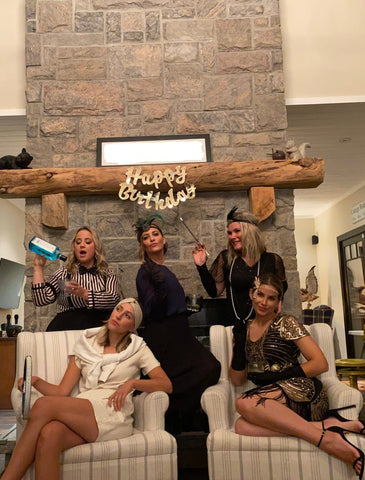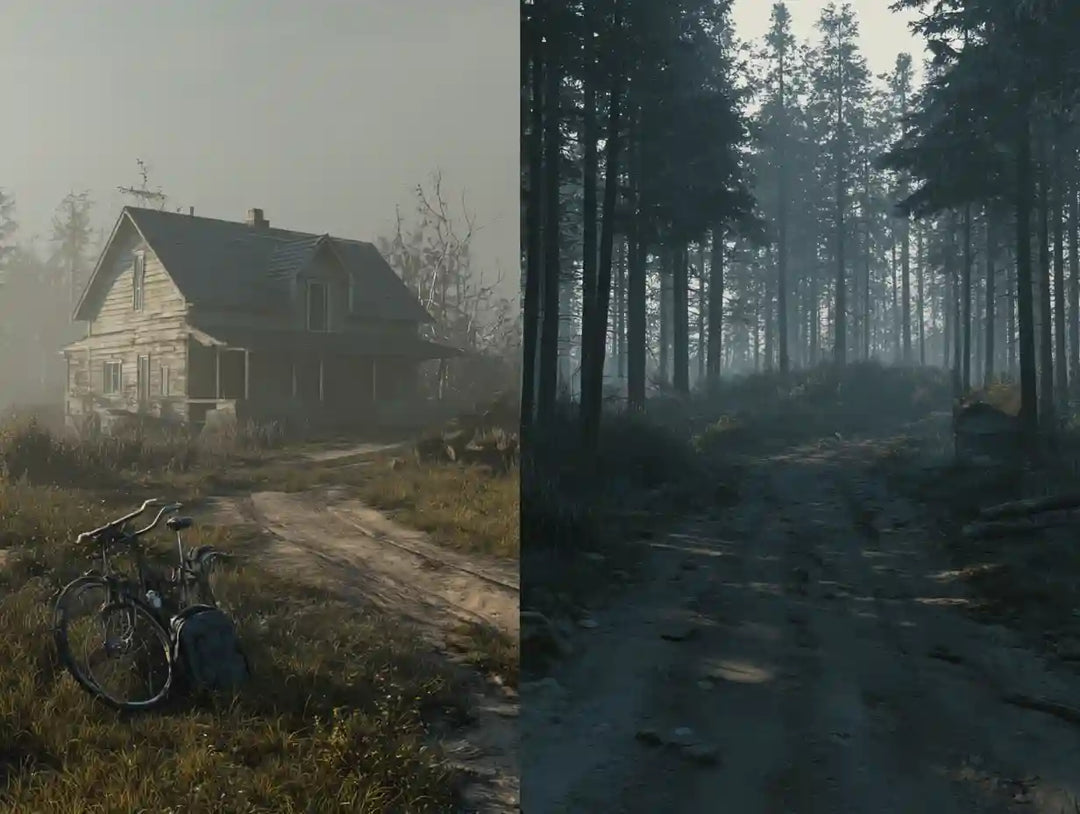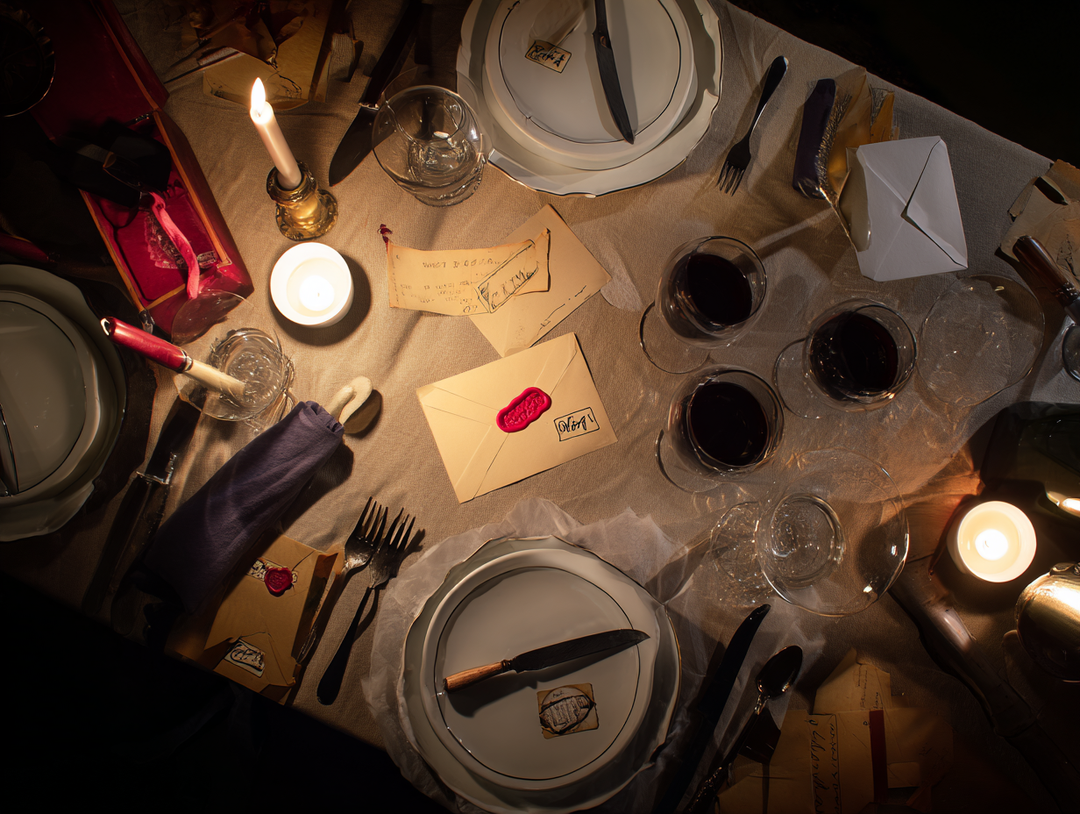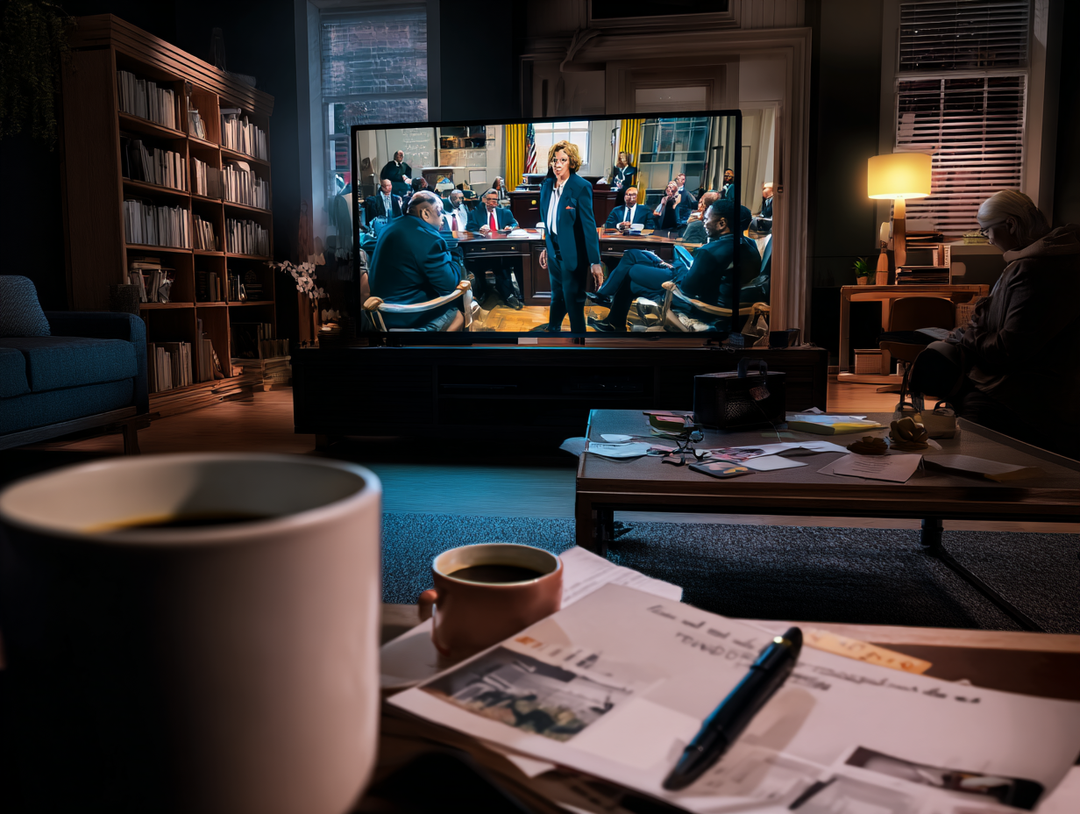
The Prohibition, 1920 to 1933. An Era of American history fraught with crime, gang warfare and illegal speakeasies.
Banned from drinking in bars and restaurants, the American people went underground. Secret jazz clubs and bars opened up all over the place. These secret bars would serve up a gin fizz or whiskey smash.
Private hosts would have a cocktail party and serve delicate dishes to their guests, including jellied eels, devilled eggs, canape’s etc. alongside their fruity, boozy concoctions that continued long after Prohibition was lifted.
It was an exciting time in history and it’s no wonder that it’s become a popular theme for murder mystery parties.
One of our most popular games is The Great Glittersby Murder, a good choice for anyone wanting to step back in time to this dazzling Era of gangsters and jazz.
But what type of drinks can your flappers and mobsters drink? We’ve compiled this handy list for any host wanting to throw their own 1920s murder mystery party and give their guests that authentic experience.

Part One: The Simple Classics
The Old Fashioned
A Classic Bourbon whisky, a popular choice in bars across America since the 1800s.
Mix 2oz of Bourbon Whiskey with 0.75oz of Simple syrup and the some bitters in a mixer with ice and stir for 30seconds, until chilled. Pour into a whisky tumbler with ice and top with an orange peel or maraschino cherry.
The gin fizz
A simple and popular drink dating back to the 1870’s. It’s made with gin, lemon, syrup, egg white and soda water.
Firstly shake together the gin, lemon juice, syrup, and egg white in a cocktail shaker. Add the ice to the mixer and shake again before pouring into a glass. Top off the glass with soda water to create the frothy ‘fizz’ foam top
The Sidecar
A perfect balance of sweet and sharp, believed to have been created around 1918 and named after an American captain in Paris who rode in the ‘sidecar’ of a motorbike.
It’s simple to make in three steps, with just three ingredients, Cognac brandy, orange liqueur and lemon juice. If you don’t have brandy it can also be made with Vodka or bourbon instead.
Firstly add a rim of sugar to the glass. Next, put the Cognac, orange liqueur and lemon juice in a cocktail shaker with some ice cubes and shake. Finally, pour into the glass and add some ice and there you have a simple Sidecar.
The Highball
By the late 1800s, fizzy water had became more readily available, mostly to English upper-class society, they discovered a delightful combination of brandy and soda, this then spread to whiskies and when the idea reached America shores in the 1890’s the Whisky Highball was invented.
To make this you simply mix 2oz of whiskey or scotch with 4oz of soda or fizzy water in a glass with ice cubes.
Gin Ricky
A simple and popular drink was the Gin Ricky. The drink dates back to the early 1900s and is Washington D.C.’s official cocktail. The original recipe likely contained bourbon or whiskey but during Prohibition, gin became easier to source.
Made simply by mixing 2oz gin, 2tbs lime juice and 4oz of soda in a whisky tumbler and then garnished with a lime wedge.

Part Two: The Sophisticated Cocktail
The Bees Knees
A simple combination of gin, honey syrup, and lemon, This simple cocktail was popular in the speakeasy’s and jazz bars of the 1920s.
Mix together 0.75oz honey with equal parts water to make a syrup, warm in a microwave or over the stovetop until you can stir the honey into the water entirely. Add 2oz gin and 0.50oz lemon juice into a cocktail shake, with ice and then add the honey syrup and shake for approx. 30seconds. Pour into a glass and add a lemon peel for garnish.
French ‘75
First created during WWI. It’s a Champagne cocktail created by a Scottish bartender Harry MacElhone in New York City. It’s a bubbly prohibition-era cocktail made with gin, champagne, simple syrup, and lemon juice and served in sugar-rimmed flutes.
To make the French ’75 simply add a rim of sugar to the top of a champagne flute glass and then add 2oz gin, 1tsp of simple syrup and 0.50oz lemon juice into a cocktail shaker and then pour into a champagne flute. You can add a garnish with a twist of lemon or orange.
Mary Pickford
Names after the Hollywood sweetheart and silent film star of the 1920’s. This is a fruity gin-based cocktail.
Chill a martini glass. Then in a cocktail shaker add some ice and 1.50oz of white rum, 1.50oz pineapple juice and 0.25oz grenadine (sugar, pomegranate & lemon juice) liqueur and shake well. Strain into the chilled glass, add a few drops of maraschino liqueur and garnish with a cherry.
The White Lady
Another invention of Harry MacElhone. Gin, mixed with orange liqueur and lemon juice and then shaken with an egg white to create a zingy and sour cocktail.
Mix 2oz gin, 1.50oz lemon juice, 0.50oz of orange liqueur in a cocktail shaker and shake for 10 seconds until it’s frothy. Add a handful of ice and shake for a further 10 seconds. Pour into a chilled cocktail glass and garnish with a lemon twist.
The Hanky Panky
The Hanky Panky recipe was created by Ada Coleman who was a bartender at the American Bar in London’s famous Savoy Hotel in the early 1900s and she served many celebrities of the time. One day actor Charles Hawtrey asked her to create a cocktail for him. After experimenting with a bunch of ingredients she served him a concoction of gin, red wine and Italian bitters and he exclaimed ‘By Jove, Coley! That is the real hanky panky!’ downed it and the name stuck.
Unlike most cocktails of the Era it’s advised to stir, not shake this particular cocktail. To make it you add 1.50oz of Gin and 1.50oz of red wine with a few dashes of Italian bitters to a glass with ice and stir until it’s mixed and chilled. Then add an orange peel as garnish.

So there you have it, a selection of simple yet sophisticated boozy drinks you can make at home and serve to your guests at your 1920s themed murder mystery. We hope you enjoy.







